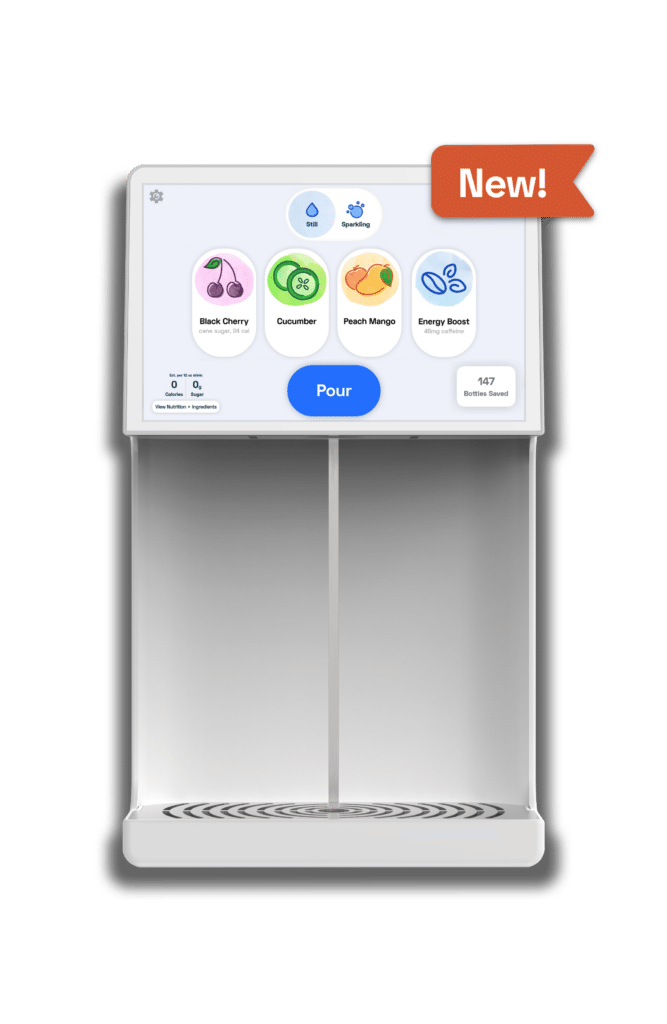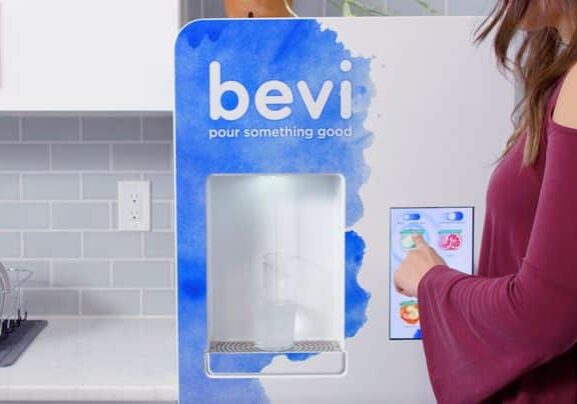Keep up with the trends and start attracting new tenants to your facilities today.
Over the past decade, the big players within the innovation economy, the tech community and scrappy startup ventures have almost completely redefined where, how and what it feels like to be at the office. Because of this, the field of facilities management has evolved rapidly in recent years. As working from home becomes increasingly mainstream and automation unlocks new possibilities in data collection, here are the top 6 facilities management trends in 2018 so far.
1. A holistic focus on health and wellness.
Even with the last five years, the purview and extent of ‘health and wellness’ initiatives have changed immensely. This is best encapsulated in initiatives such as the International WELL Building Institute’s (IWBI) WELL Certification program for buildings.

Spanning everything from air quality to mental health, the WELL framework is a set of guidelines that facilities can use to help improve the overall human experience within their spaces. Other features include lighting guidelines that “minimize disruption to the body’s circadian system” and developing a system that enables the facility to make adjustments based on the latest research in the health and wellness field.
Aside from new accreditations, healthy food and beverage options, as well as fitness areas, continue to be of increasing importance when it comes to catering to tenants demand. Many buildings have begun incentivizing healthy living outside of the office by instituting bike-sharing programs or hosting special events for those who bike to work.
2. More than just space management: it’s all about the employee (or tenant) experience
It’s no secret that the focal point of facilities management has shifted away from the physical space: nowadays, crafting a well-rounded employee or tenant experience is of the utmost importance.
At the most basic level, a positive experience is one that is both easy and convenient. One easy example is helping visitors navigate your building by installing electronic directories and other digital signs or kiosks they can use to get directions. Similarly, you can offer conveniently placed touch screen tablets or simple mobile apps to your occupants so they can easily reserve a conference room or common space.
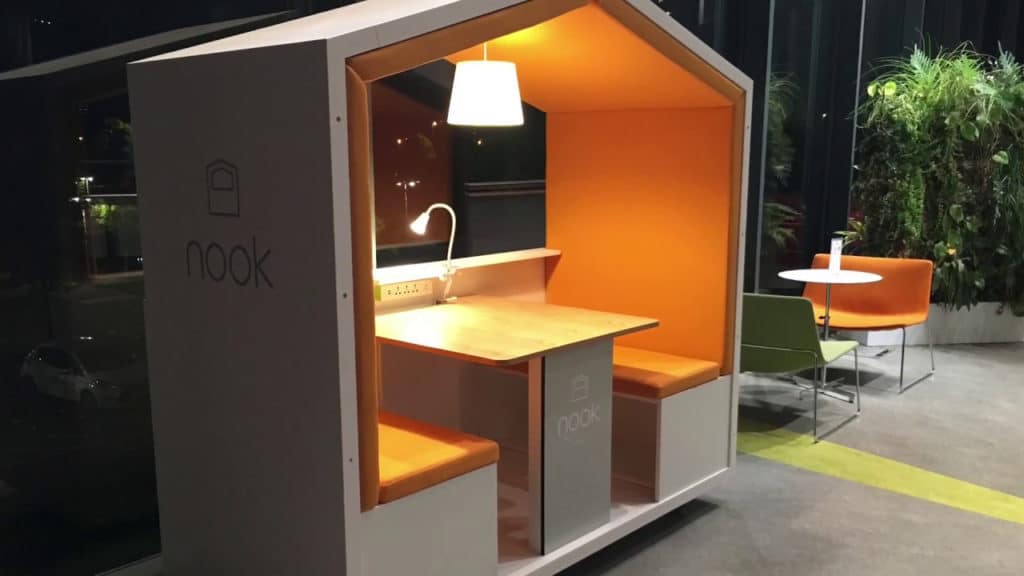
Another trending topic within the employee experience world is the creation of quiet spaces and wellness rooms within the workplace. There are now several companies out there, such as Nook, that specialize in creating sound-proof, nook-like spaces (either fixed or mobile) that are perfect for one-on-one meetings or phone calls. Similarly, wellness rooms, whether meant for general relaxation/meditation or new moms who are breastfeeding, are quickly becoming a staple. While the specific purpose or layout of these rooms may vary, generally speaking they are meant to provide temporary respite from typical workplace stressors.

Ultimately, more and more facilities are investing time and resources into making their buildings as “user-friendly as possible,” whether by including more accessible common spaces or creating smaller, niche spaces.
3. Designing for sustainability, energy efficiency and effective waste management
The importance of sustainability in the facilities management field has grown significantly over the past two decades—and shows no signs of stopping!
Many buildings are now investing in massive plant walls that act as natural indoor air purifiers. Energy efficiency is a top priority when redesigning new areas or revamping old ones, as LEED certifications have quickly become the industry standard. According to the Leadership in Energy and Environmental Design (LEED) website, more than 92,000 projects have earned an LEED certification to date.
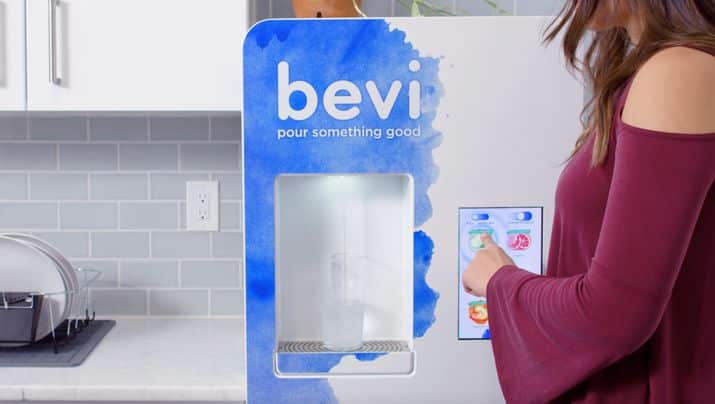
When it comes to waste management, there’s been a recent trend towards finding ways to reduce overall waste, rather than finding eco-friendly ways to (as one might say) pick up the mess. Many facilities have eliminated the hassle of overflowing recycling bins by providing flavored sparkling waters on tap with Bevi, the smart water cooler. By encouraging tenants to use their own reusable bottle or mug, facilities can make a huge dent in their monthly waste management costs.
4. Adapt to new styles of working through flexible space
According to a Gallup survey conducted in 2017, around 43 percent of employed Americans reported spending at least some of their time working from home. Furthermore, those who did work remotely reported spending a higher percentage of their work week doing so, as compared to those who worked remotely in 2012.
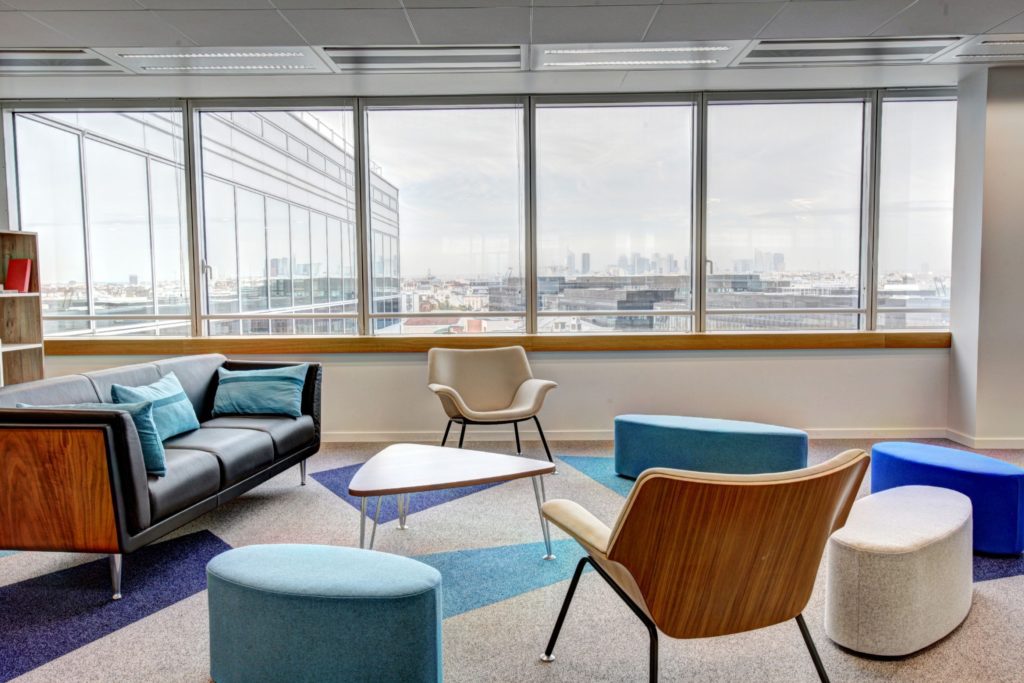
With a larger portion of people working outside of the office on a semi-regular basis, flex space—or flexible work, desk or meeting space—has become increasingly popular. There are many different manifestations of flex space, such as hot desking, where employees don’t have a permanent desk, but take any desk available. Other ideas include communal lounges or roundtables where guests, or anyone looking to change things up, can sit and work. Often times, offices with assigned seating will install standing desk flex space, especially if a good portion of the team is typically in and out of the office over the course of the day.
Just like a co-working space, flex office space allows for chance encounters, laid-back collaboration, and a bit of friendly chatter that could lead to innovative project ideas or bonding between teams that don’t typically work together.
5. Automation reigns supreme: everything from temperature monitors to work order reporting
The benefits of automation are two-fold: it saves you time and your team money. Rather than relying on tenants or team members to monitor temperature levels or switch off the lights, centralized Building Automation Systems (BAS) can help automatically monitor, and optimize, both at the same time. Furthermore, these systems collect data automatically, giving your facilities management team the ability to analyze trends and develop strategies for saving money and boosting energy efficiency.
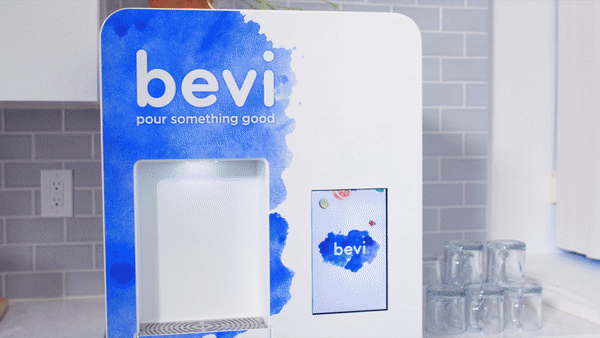
Similarly, there are now several work order softwares available that are designed to help maintenance departments track requests, collect data, schedule maintenance visits, and provide the best overall tenant experience possible. Most of these systems also provide simple mobile apps that tenants can use to quickly and conveniently submit a request or report an issue.
From water coolers that restock themselves to comprehensive BAS, the “smart” facility is quickly becoming the industry standard.
6. More than just physical security: cyber and information security are a top priority
Gone are the days where security guards and cameras are the only firewall a facility needs. Nowadays, cyber attacks, data leaks, and hacking attempts are top-of-mind for most companies searching for a new space. Whether it’s a small startup or a global corporation, the quality and reliability of the wireless security in your building can be make or break: even if the physical space is perfect, companies will not sign a lease if the appropriate cyber security protocols are not in place.
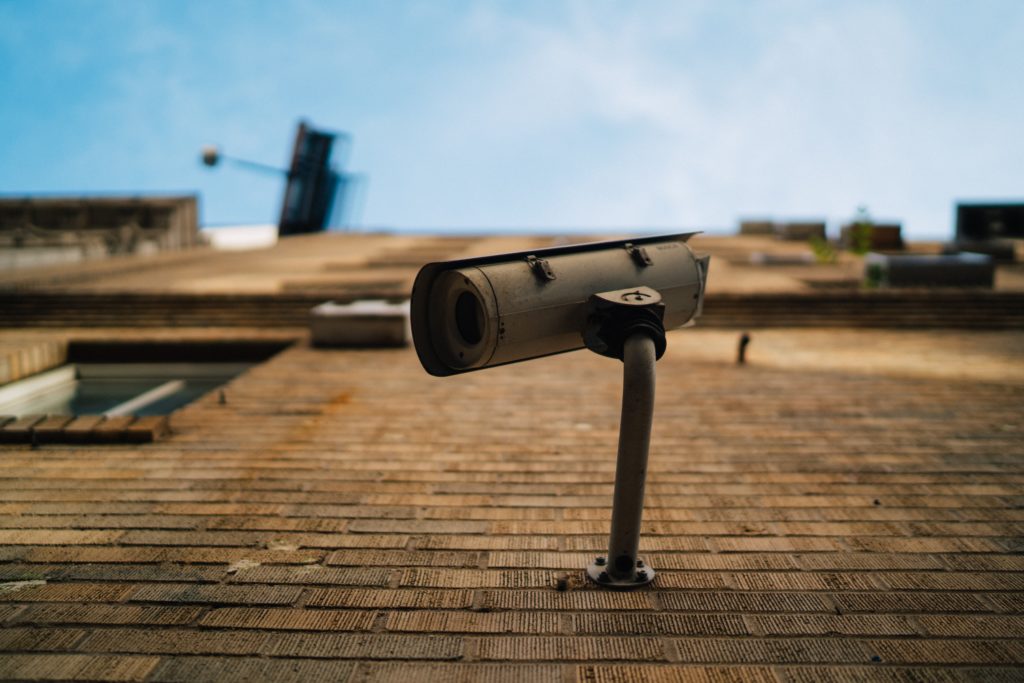
No matter the type of tenants your facility is trying to attract, adding a security expert, or a team of experts, to your staff is a prudent, long-term investment. If your team is not ready to take on someone full time, there are many contract IT services that can help assess—and improve—the efficiency of your IT infrastructure and firewall.
What have you implemented in response to these recent facilities management trends? Let us know in the comments below!



